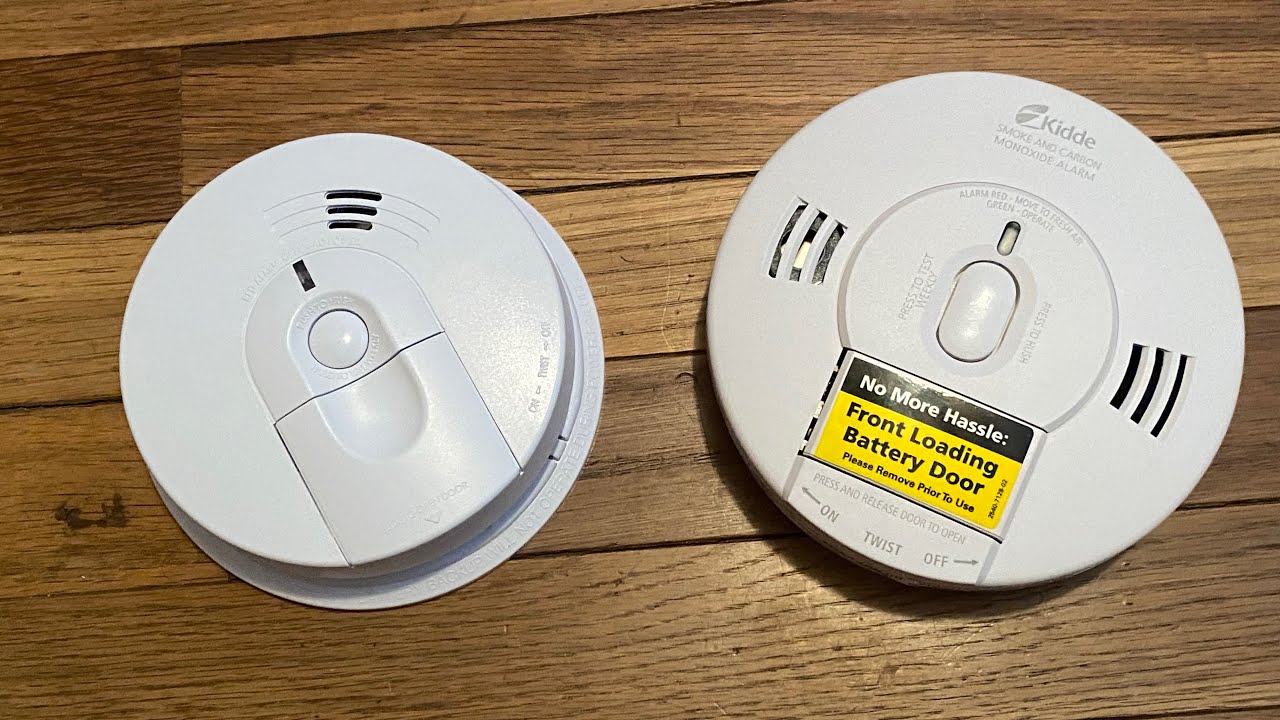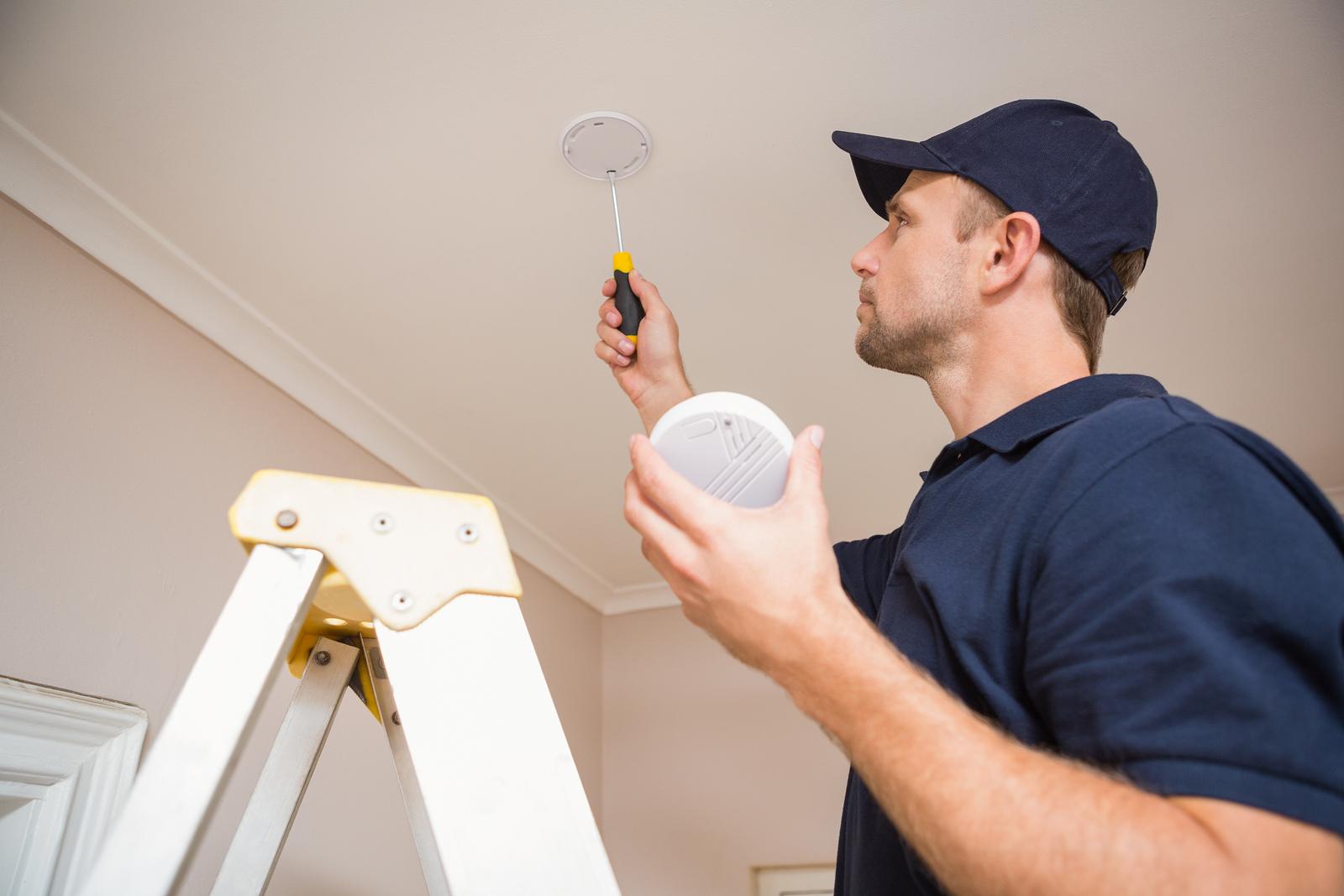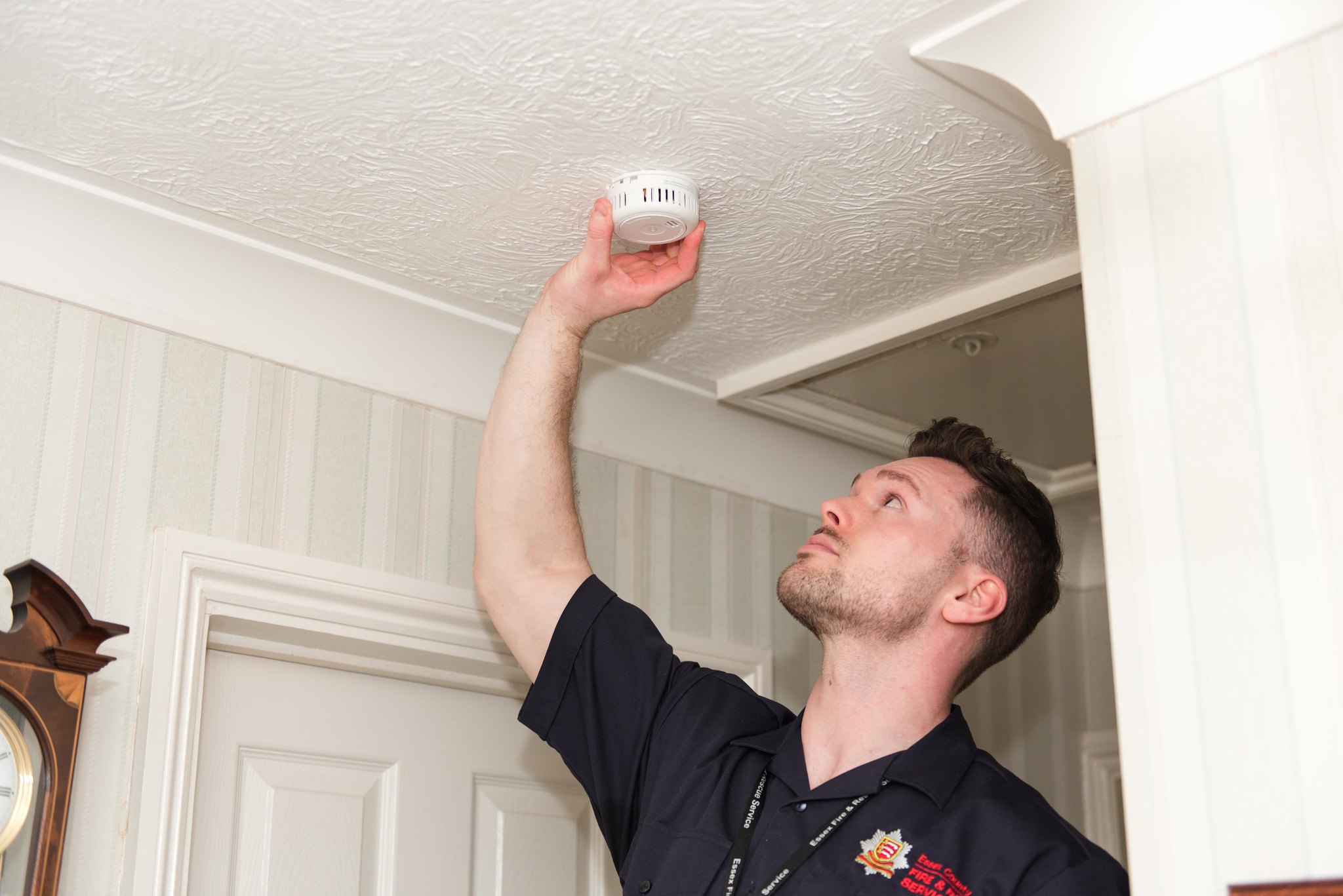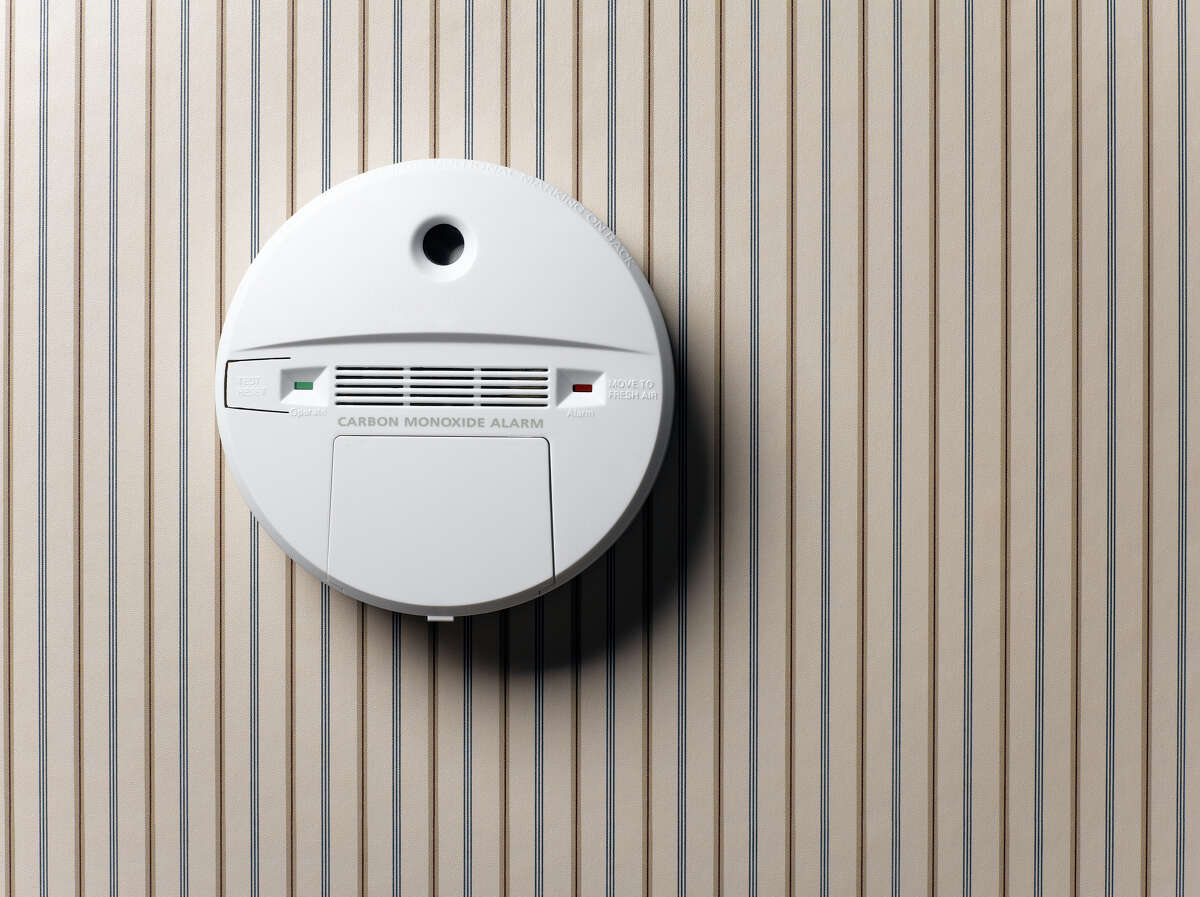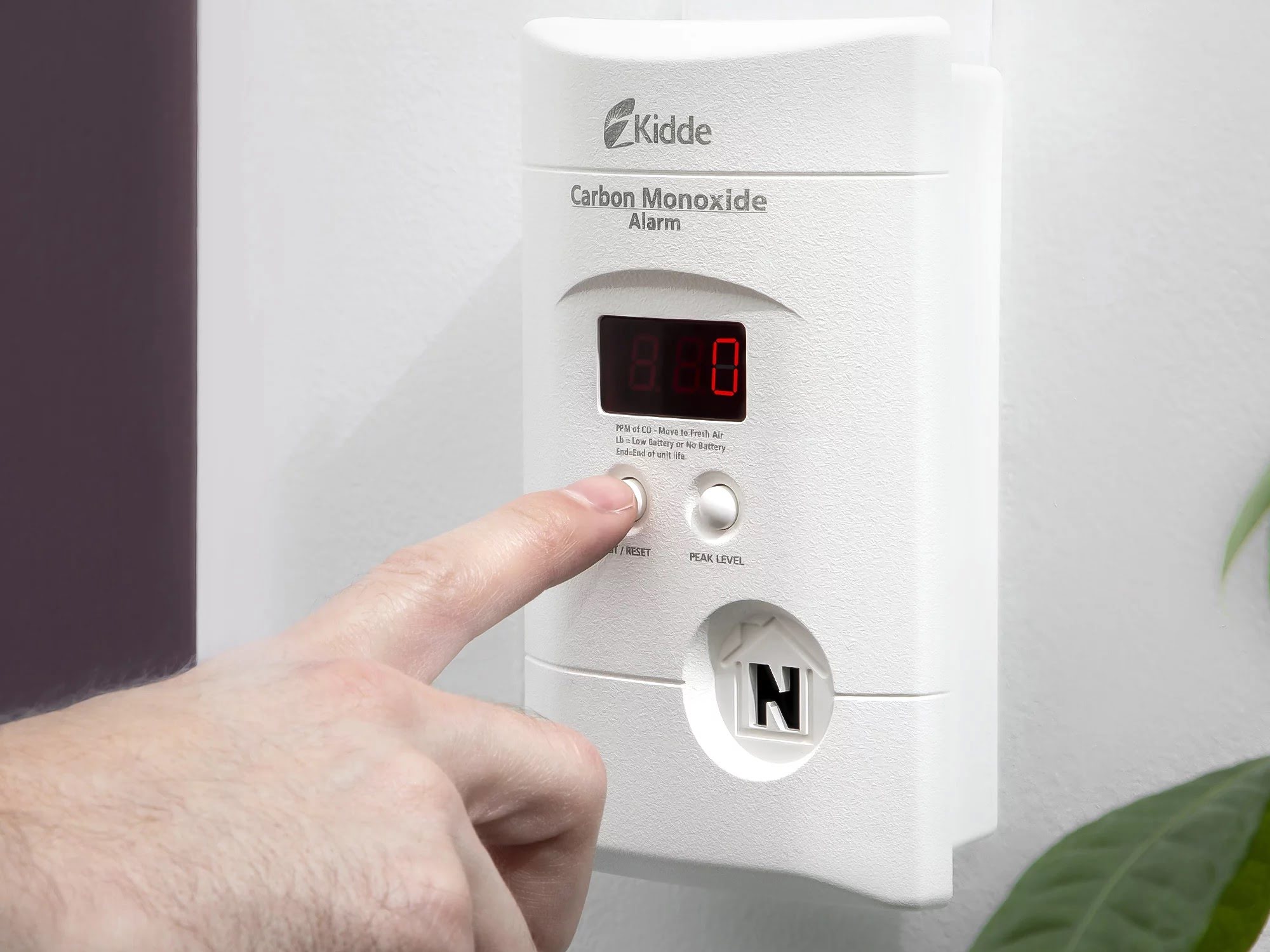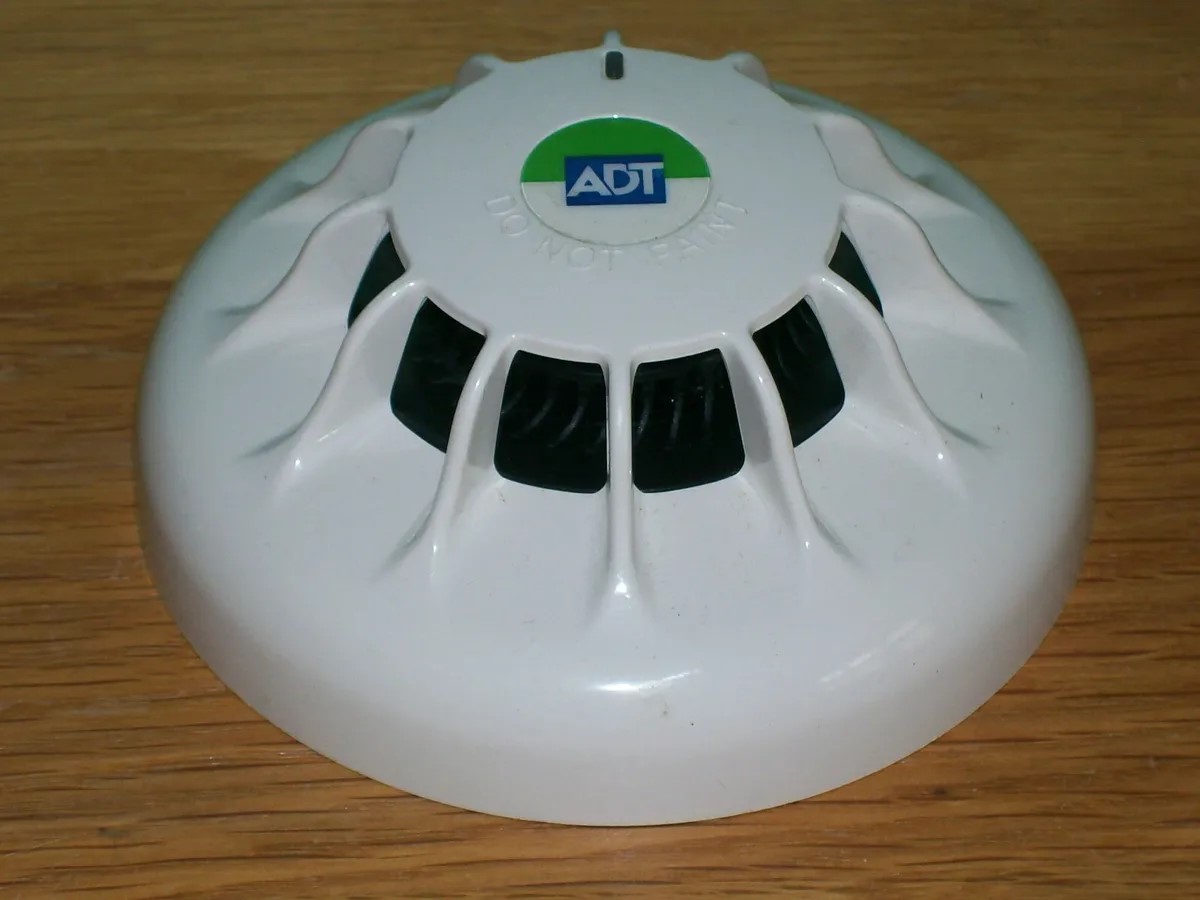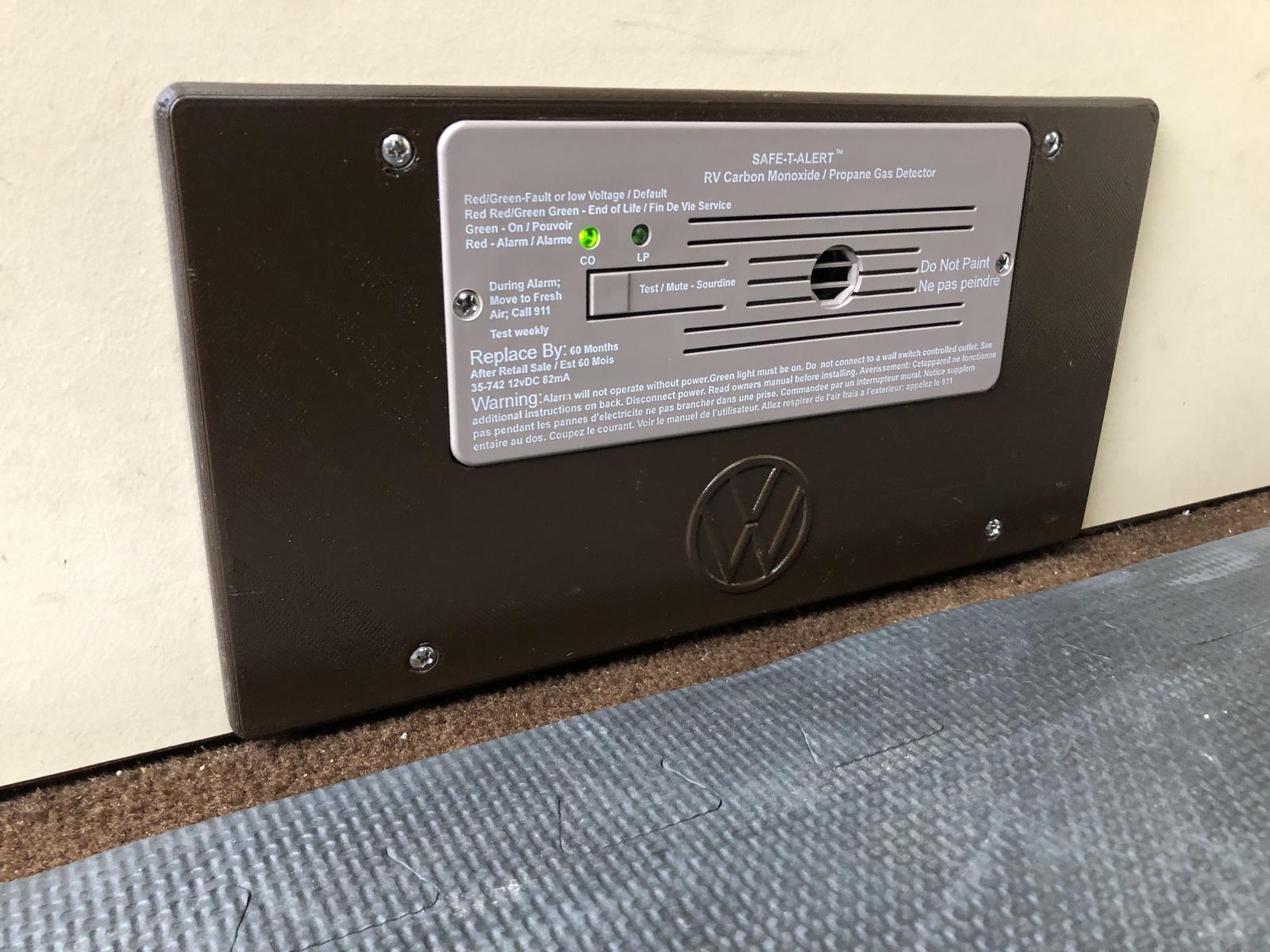Home> Carbon monoxide detector
Carbon Monoxide Detector: Ultimate Guide | Stay Safe & Secure
Explore our comprehensive guide on Carbon Monoxide Detectors to keep your home safe. Understand why it’s essential, which device is best, and installation tips.
How To Install A Carbon Monoxide Detector According To California Law
By: Amelia Brooks • Articles
